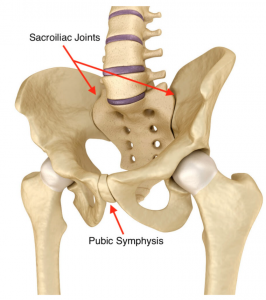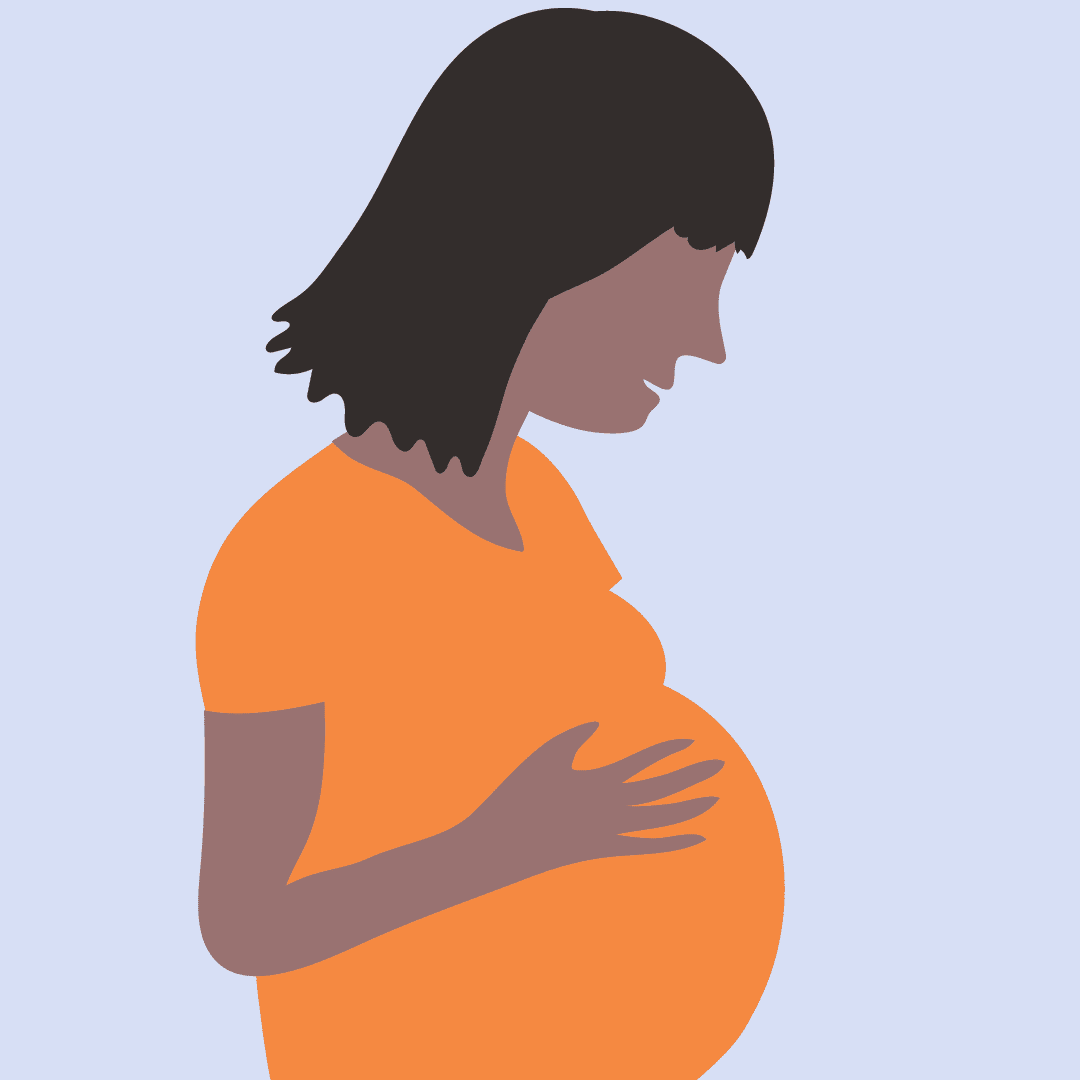There’s a lot of change throughout pregnancy but let’s talk about those relating to our musculoskeletal system! Often in conversation it appears that pain is almost expected during pregnancy and women just put up with it. Although pain is common, a lot of the time it may be managed. Keep in mind this is unique to the individual and doesn’t include the delivery process. The point is, there’s potential ways to manage or improve pain whilst pregnant and even postpartum and Osteo is one option!
As the body changes to accommodate your growing bub, pregnancy related pain may include pain in the lower back and pelvic region, upper back and rib cage, head and neck or the extremities; most of which can be attributed to musculoskeletal changes.

For this to occur pregnancy related hormones encourage the ligaments to become lax and cartilage to soften; this places increased forces/stress on joints, ligaments and muscles. The pelvis is particularly affected as it needs to expand for delivery of bub. The pelvis forms part of the pelvic girdle, our belt of stability that transfers load between the lower extremities and from upper and lower body (and vice versa). The pelvic girdle includes the pubic symphysis and sacroiliac joints which are common sites of irritation (along with soft tissue structures) and often referred to as pelvic girdle pain (PGP). Common issues of PGP are difficulty using stairs, standing for long periods and separating the knees but can also present itself as lower back pain. PGP can be really quite uncomfortable and limit your ability to complete daily tasks both during pregnancy and post-partum.
Osteopathy can help to improve function and pain levels by addressing:
- Imbalances/compensations
- Muscular hypertonicity
- Education, guidance and reassurance
- Exercise and motor patterning
General changes to expect during pregnancy:
- Posture, spinal curves
- Curvatures adjust according to a shift in our centre of gravity (COG) as the uterus expands and weight in front increases
- Gait
- The shift in our COG also affects the way we walk and to increase our stability by increasing our base of support. To achieve this the hips and feet will turn outwards and we may adopt a modest penguin-like waddle.
- Cavities
- As the uterus grows with the baby our internal body cavities are altered as organs are shifted. This places pressure on things like the rib cage containing the lungs and the pelvic floor containing our bladder. This can lead to changes in our breathing and bathroom habits.

